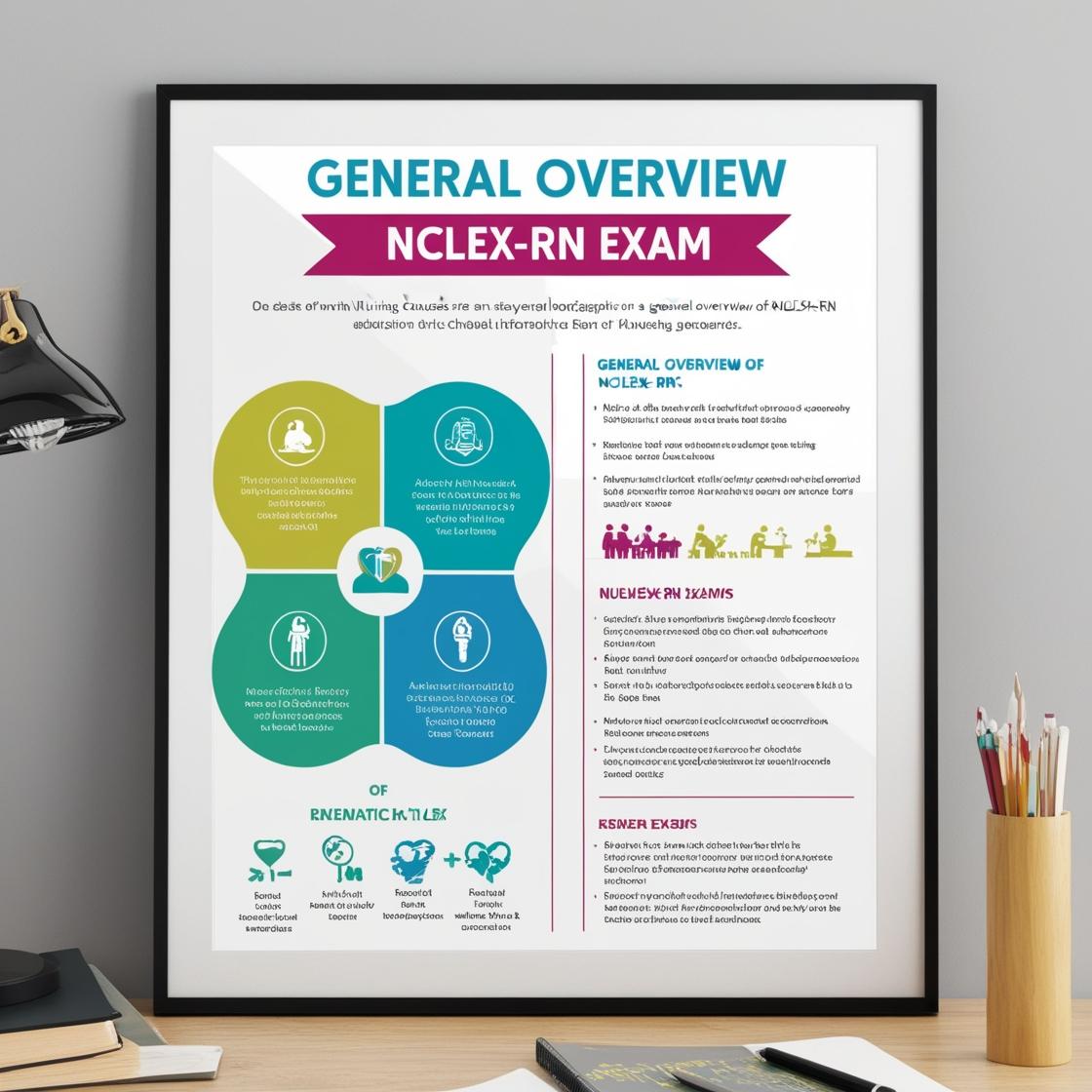NCLEX NCLEX-RN
NCLEX RN Predictor Exam
1. The nurse is preparing to examine a 6-year-old child. Which action is most appropriate?
- A. The child is asked to undress from the waist up.
- B. The head is examined before the thorax, abdomen, and genitalia.
- C. The nurse should keep in mind that a child at this age will have a sense of modesty.
- D. Talking about the equipment being used is avoided to prevent increasing the child's anxiety.
Correct answer: C
Rationale: When examining a 6-year-old child, it is important to consider their sense of modesty. The child should undress themselves, leaving underpants on and using a gown or drape to maintain privacy. Additionally, a school-age child like a 6-year-old is curious about how equipment works, so it is beneficial to explain the purpose and function of the tools being used. The examination sequence should typically progress from the child's head to the toes to ensure a thorough assessment. Therefore, choices A, B, and D are incorrect as they do not align with the appropriate approach to examining a 6-year-old child.
2. During auscultation of a patient's heart sounds, the nurse hears an unfamiliar sound. Which action would the nurse take?
- A. Ask the patient how he or she is feeling.
- B. Document the findings in the patient's record.
- C. Wait 10 minutes and auscultate the sound again.
- D. Ask another nurse to double-check the finding.
Correct answer: D
Rationale: When encountering an unfamiliar sound during auscultation, it is crucial for the nurse to seek confirmation from another healthcare professional. Asking the patient about their feelings may not provide insight into the unfamiliar sound. Simply documenting the findings without verification may lead to errors in interpretation. Waiting and auscultating again after 10 minutes might delay necessary intervention. Consulting another nurse for a second opinion ensures accurate identification of the unfamiliar sound and appropriate follow-up actions.
3. During a general survey of a patient, which finding is considered normal?
- A. Body mass index (BMI) of 20.
- B. When standing, the patient's base is narrow.
- C. The patient appears older than their stated age.
- D. Arm span (fingertip to fingertip) is greater than the height.
Correct answer: A
Rationale: A body mass index (BMI) of 20 is considered normal as the range for a normal BMI is between 19-24. When standing, a patient's base should be wide for stability and proper weight distribution. An older appearance than the stated age may indicate a history of chronic illness or chronic alcoholism. In a general survey, the patient's arm span (fingertip to fingertip) should approximately equal the patient's height. An arm span greater than the height may suggest Marfan syndrome. Therefore, the correct choice is a normal BMI of 20, which falls within the healthy range. Choices B, C, and D all describe abnormal findings that may indicate underlying health conditions or syndromes.
4. For a patient with cirrhosis, which of the following nursing actions can the registered nurse (RN) delegate to unlicensed assistive personnel (UAP)?
- A. Assessing the patient for jaundice
- B. Providing oral hygiene after a meal
- C. Palpating the abdomen for distention
- D. Assisting the patient to choose the diet
Correct answer: B
Rationale: Providing oral hygiene after a meal is an appropriate task to delegate to unlicensed assistive personnel (UAP) as it falls within their scope of practice. UAP can assist with basic personal care activities like oral hygiene. Assessing the patient for jaundice and palpating the abdomen for distention involve making clinical assessments that require a higher level of education and training, typically performed by licensed practical/vocational nurses (LPNs/LVNs) or registered nurses (RNs). Assisting the patient to choose the diet also requires specialized knowledge and would be more appropriate for a nurse to address, considering the complexity of dietary requirements in cirrhosis.
5. A healthcare professional is considering which patient to admit to the same room as a patient who had a liver transplant 3 weeks ago and is now hospitalized with acute rejection. Which patient would be the best choice?
- A. Patient who is receiving chemotherapy for liver cancer
- B. Patient who is receiving chemotherapy for lung cancer
- C. Patient who has a wound infection after cholecystectomy
- D. Patient who requires pain management for chronic pancreatitis
Correct answer: D
Rationale: The patient with chronic pancreatitis is the best choice to admit to the same room as a patient who had a liver transplant and is experiencing acute rejection. This is because the patient with chronic pancreatitis does not pose an infection risk to the immunosuppressed patient who had a liver transplant. On the other hand, patients receiving chemotherapy for cancer or those with wound infections are at risk for infections, which could endanger the immunosuppressed patient with acute rejection.

Access More Features
NCLEX RN Basic
$1/ 30 days
- 5,000 Questions with answers
- Comprehensive NCLEX coverage
- 30 days access
NCLEX RN Premium
$149.99/ 90 days
- 5,000 Questions with answers
- Comprehensive NCLEX coverage
- 90 days access
